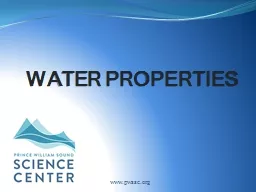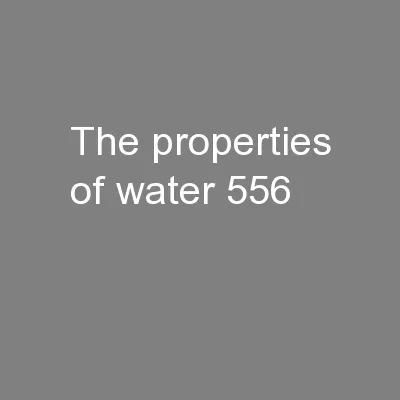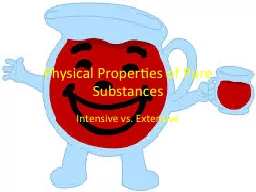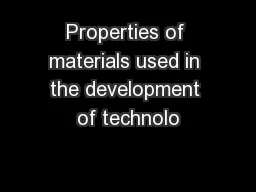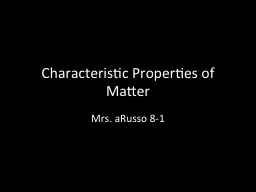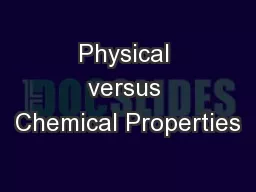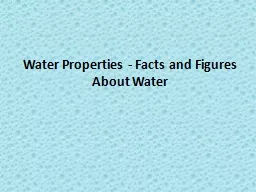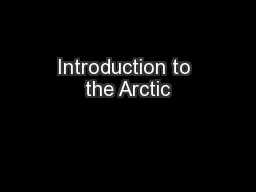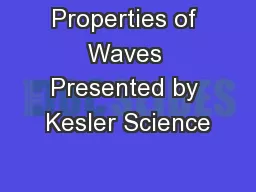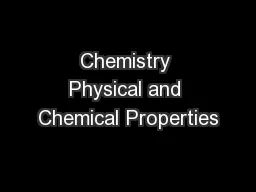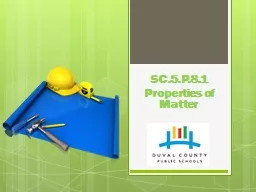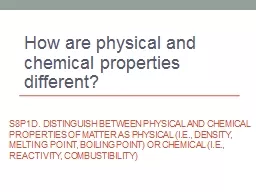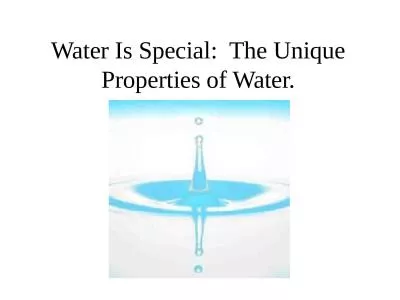PPT-Water properties www.pwssc.org
Author : debby-jeon | Published Date : 2018-03-22
Why do we want to explore the ocean The Oceans are the number one driver of weather and climate They are also important for transportation and food To learn about
Presentation Embed Code
Download Presentation
Download Presentation The PPT/PDF document "Water properties www.pwssc.org" is the property of its rightful owner. Permission is granted to download and print the materials on this website for personal, non-commercial use only, and to display it on your personal computer provided you do not modify the materials and that you retain all copyright notices contained in the materials. By downloading content from our website, you accept the terms of this agreement.
Water properties www.pwssc.org: Transcript
Download Rules Of Document
"Water properties www.pwssc.org"The content belongs to its owner. You may download and print it for personal use, without modification, and keep all copyright notices. By downloading, you agree to these terms.
Related Documents

